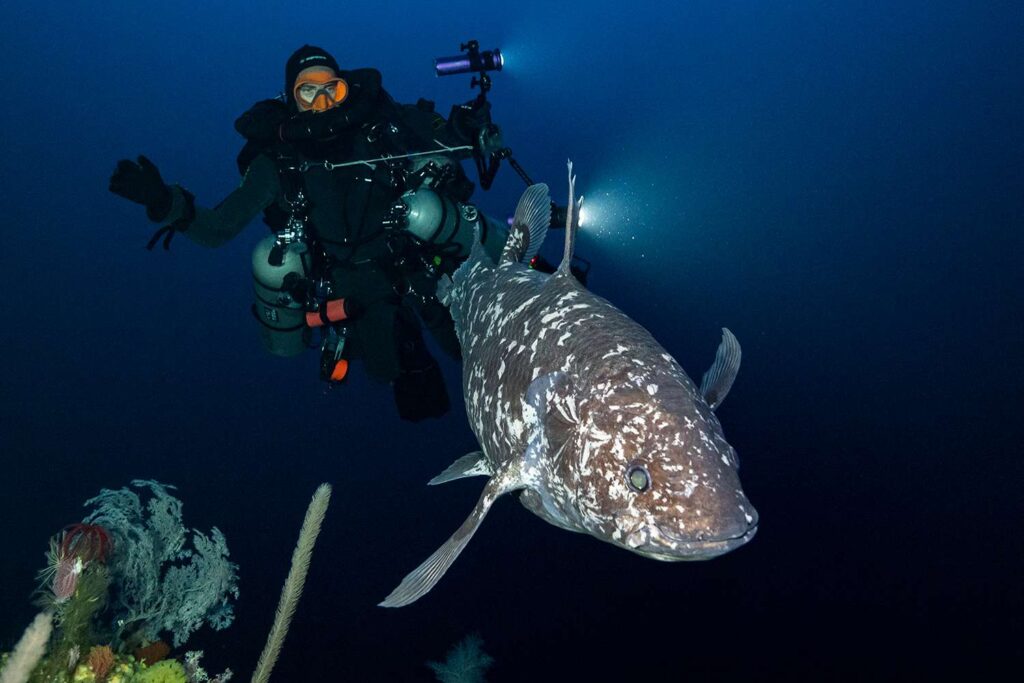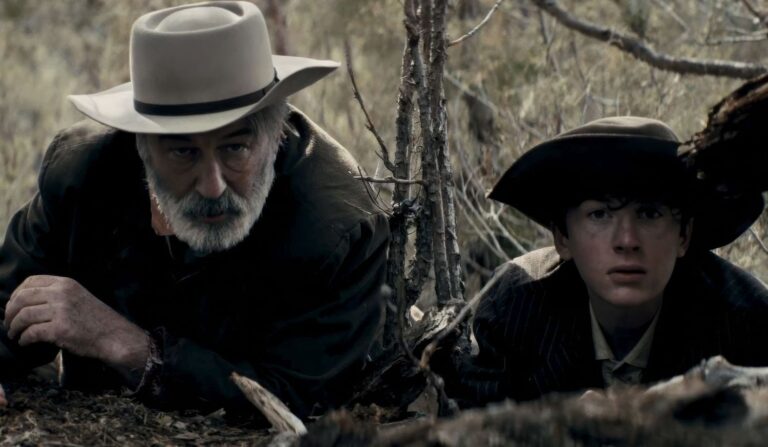
:max_bytes(150000):strip_icc():format(jpeg)/Coelacanth--9_04292025-234cf02e30104b92853b1376cdaa67fd.jpg)
A species of coelacanth, a fish that dates back to before the dinosaurs, has been photographed in Indonesia for the first time.
The Indonesian coelacanth (Latimeria menadoensis), once considered extinct for 70 million years, was photographed in the Maluku Archipelago, Indonesia, and marks the first time the coelacanth species has been caught on camera in Indonesian waters. The rare fish was spotted by divers searching approximately 475 feet below the ocean’s surface. Alexis Chappuis, a marine biologist with UNSEEN Expeditions, is credited with the sighting, per Swiss luxury watchmaking company Blancpain, which helped fund the expedition.
Chappuis overcame the challenge of deep mixed-gas diving, which has led many divers to experience decompression sickness, sometimes referred to as “the bends,” per the U.S. Centers for Disease Control and Prevention (CDC).
The expedition was a collaboration between international organizations and Udayana University in Bali.
“The coelacanth, often mistakenly called a ‘living fossil’ or ‘dinosaur fish’ had been known from fossils dated back to more than 400 million years – way before dinosaurs – and was thought to be extinct until 1938, when a specimen was discovered in a fishing net off the coast of South Africa. This marked one of the biggest natural history discoveries of the 20th century,” Blancpain’s release read.
Little was heard from coelacanths after the 1938 find until 2013, when Laurent Ballesta documented wild coelacanths in Sodwana Bay, off the east coast of South Africa. This reportedly marked the first time a coelacanth was photographed in its natural habitat.
Never miss a story — sign up for PEOPLE’s free daily newsletter to stay up-to-date on the best of what PEOPLE has to offer, from celebrity news to compelling human interest stories.
The sighting was of the other extant coelacanth species, the West Indian Ocean Latimeria chalumnae. Before Ballesta’s sighting, some scientists believed the fish died with the extinction of dinosaurs, BBC reports.
“Blancpain is proud to support bold scientific projects that lead, inspire, and have a positive impact on global marine conservation,” Blancpain CEO Marc A. Hayek said. “Following Laurent Ballesta’s milestone in 2013, we are very proud of this discovery, which reaffirms our commitment to these efforts for more than two decades.”
Blancpain created the Fifty Fathoms, a watch widely used by underwater divers, in 1953.
Coelacanths are highly sensitive to their environment, so the exact location of Chappuis’ discovery will remain confidential until further environmental protections are in place.
“This discovery highlights the rich biodiversity of North Maluku and underscores the urgency of further exploration and conservation of the mesophotic zone,” Dr. Gino Valentino Limmon, a researcher at Pattimura University and expedition partner, said in a statement.




